Description
USDA-certified organic, clean nettle leaf.
Recorded use of nettle dates back thousands of years. Over that long period of time, it has “supposedly” been used as an emmenagogue, emollient, diuretic and aphrodisiac. People also claimed it could help treat burns, furuncles, cysts, glandular swellings, dislocations, nosebleeds, splenetic diseases, pleurisy, lung infections, asthma, impetigo and mouth infections. During the 18th century, nettle “may” have been effectively applied in cases of dropsy and to stem hemorrhaging.
More scientific study and research is needed to fully verify many of the medicinal claims regarding nettle.
Botanical name: Urtica Dioica
Plant family: Urticaceae
Also called: Common nettle, Bigsting Nettle, Tall Nettle, Slender Nettle and Stinging Nettle.
Identification
Stinging nettle is often misidentified, so we have provided detailed information.
Urtica Dioica is a perennial that generally grows from seed as a single plant or a cluster from rhizomatous colonies. Nettle’s sharply angled, singular stems often have bristly stinging hairs and can grow as tall as 9 feet.
The pink budded rhizomatous roots often create large colonies that can expand 8 feet in diameter per year and live as long as 50 years.
Nettle’s oval to lance-shaped leaves grow as mirrored opposites on both side of the stem and can be as large as 5 inches long by 2.5 inches wide. The leaf is covered in stinging hairs and has distinctive serrated edges. The stipules and their stalks can grow up to a 1/2 inch long.
Green flowers, with only sepals (no petals), grow in clusters at the axils of the leaves. The sepals are very small, only growing a couple of mm. Nettle is a wind-pollinated, hermaphrodite plant. Male flowers are greenish-yellow and have four sepals and stamens. Female flowers are green and have four hairy sepals and one pistil.
Habitat
The stinging nettle prefers temperate climates, full sunlight and soil that is high in nitrogen. As well as being commonly found along rivers, lakes and streams, Urtica Dioica is a ruderal plant that often grows in soils so high in nitrogen they are considered contaminated.
Stinging nettle inhabits many areas of the United States, Canada, Europe, Asia, Africa and South America.
Uses
Nettle Tea
Considered a health drink, nettle tea is mild flavored and relaxing. It is recommended that tea bags be used when making tea with nettle because the plant has small hairs on its leaves that can be irritating when they come in contact with the skin. We generally make nettle tea without straining it at all and have had no such issues.
Try starting out with 2 grams of nettle leaf per 16 oz of water. Boil the leaf in the water for at least 6 minutes, allow it to cool, and strain out the remaining material. If you would like a stronger or weaker tea, you can increase or decrease the amount of leaf used and the amount of time it is boiled in small increments.
Smoking Nettle
Nettle is a highly underrated smoking herb. It is smooth, mildly flavored, and relaxing. Great for blending as well.
Nettle Smudge
Nettle leaf can be used in smudging, but has a bland, non-distinctive aroma when burred. However, it is commonly used in rituals to shield someone from negative energy and unwanted spirits.
Herbal Supplement
Nettle extracts are used as herbal supplements and as an ingredient in supplements.
This material is meticulously processed and cleaned by hand. Please take a look at our Hand Processing Herbs page for more information.

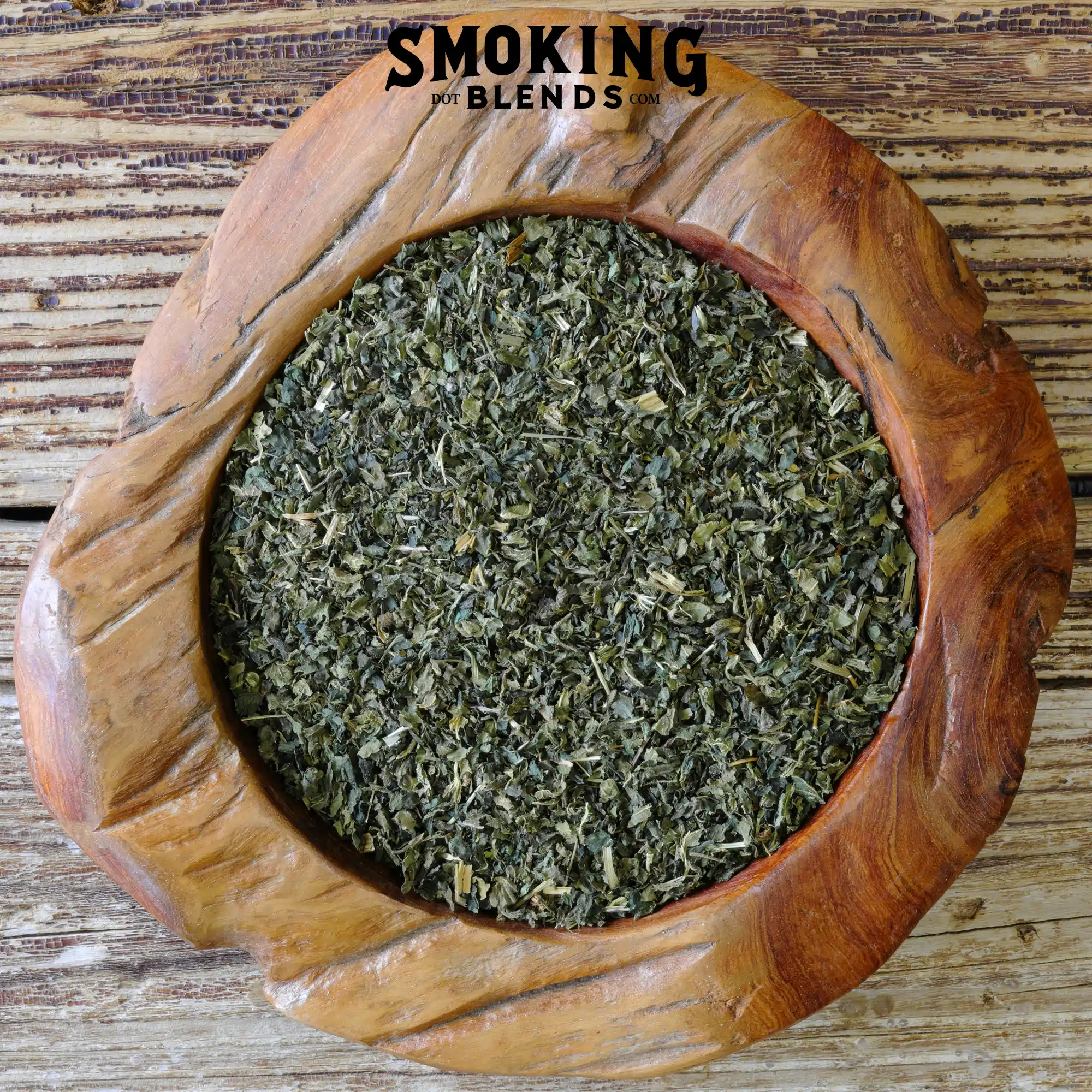
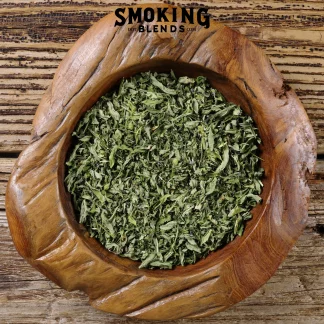
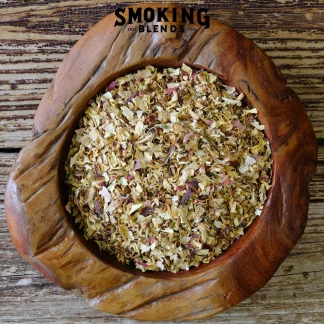
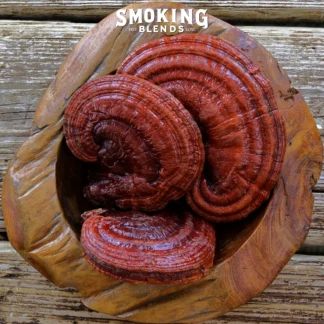
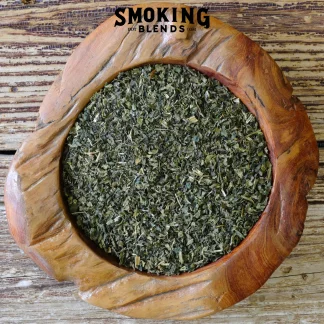
Reviews
There are no reviews yet.